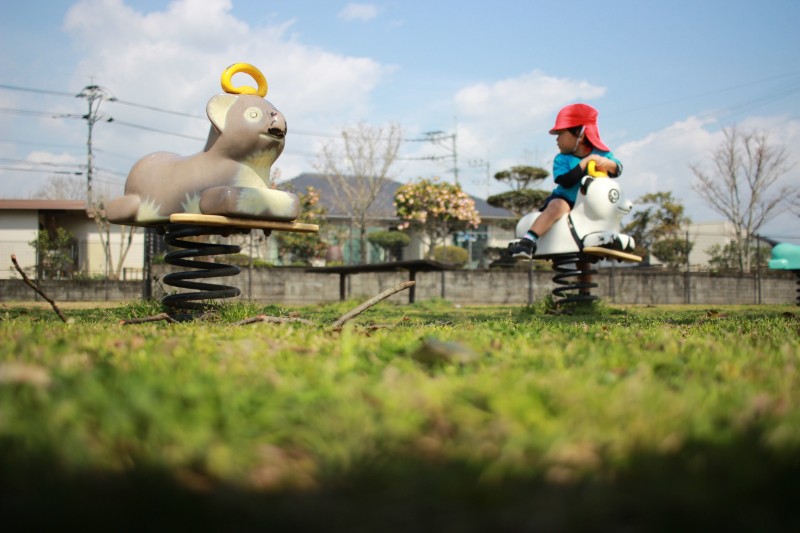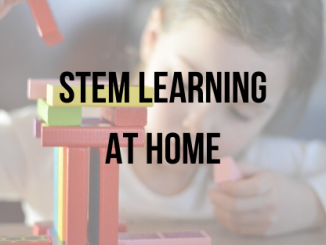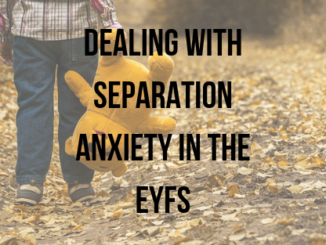What is resilience?

Resilience is not an especially simple concept to define, it encompasses many characteristics, thought processes and active management strategies. It is a term traditionally used to describe a character trait but more recent thinking suggests that it is not an innate character or personality trait instead suggesting that individuals manifest resilience in their behaviour and life patterns (Masten and Powell, 2003) So if it is a behaviour, that is not innate, reason has it that resilience can be taught.
In general, the concept of resilience is related to positive adaptation in the context of the challenge. In engineering’ resilience’ refers to the capacity to withstand stress or strain without breaking, or to recover original form following stress. In human behaviour, Luthar (2006) defined resilience as ‘a phenomenon or process reflecting relatively positive adaptation despite experiences of adversity or trauma’
A popular term “bounce-back-ability” is part and parcel of what we mean when we talk about resilience.
Why is resilience important?
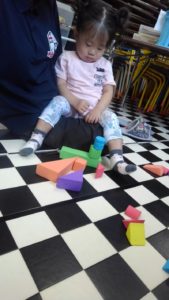
So, why is resilience important in Early Years?
Resilient children are better equipped to resist stress and adversity, cope with change and uncertainty, and to recover faster and more completely from traumatic events or episodes. (Newman and Blackburn, 2002)
Not all children will experience ‘trauma’ in the way that we would typically define it but all children will at some point experience stress, change, and uncertainty. We can be sure that not everything will go the way our children have planned, and they will be emotionally upset at some point. Resilience helps children to cope with and move on from these experiences, which is an important life skill to build up.
Furthermore, resilience allows children to see possibilities, to find opportunities in adversity. It also allows children the space to accept themselves and others and to develop a positive self-concept and high self-esteem. It’s a way of better handling and managing relations, life situations, problems, and communication.
Opportunities to promote resilience in Early Years settings
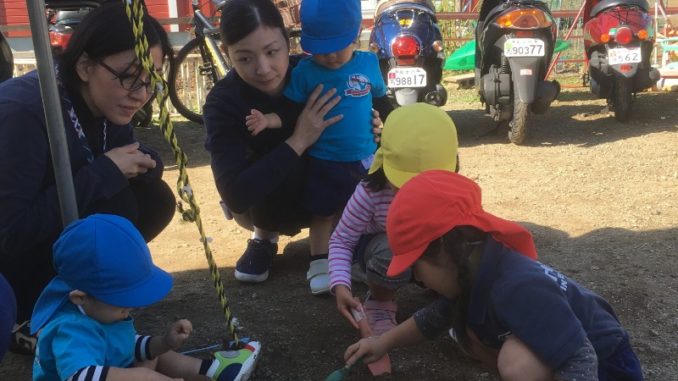
During the first 4 years of life children establish the roots of many important life skills and ‘protective systems’ of which resilience is one. The early years are significant for human development, and for interventions that will promote good outcomes for children. As such, early years settings play an important role in promoting the development of resilience in children.
Attachment
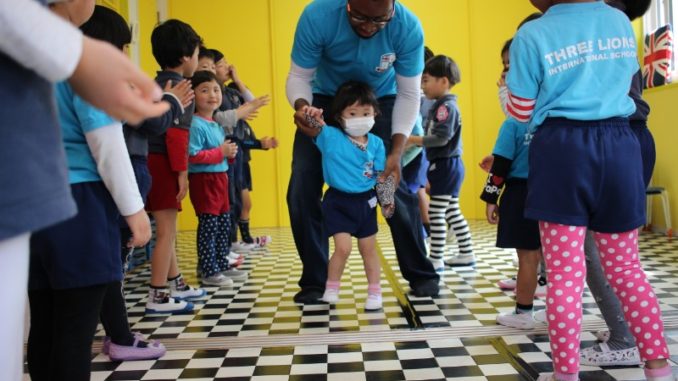
Secure attachment in infancy has many benefits to child development, and increased resilience is one of them.
A child’s first attachment is to their primary caregiver, usually a parent and often the mother, if this attachment is secure they are able to form attachments to other members of the family, friends and caregivers in an Early Years setting. From a secure base of attachment, children are able to explore, take risks and increase their resilience. Grotberg (1997) named attachment as one of the building blocks of resilience suggesting that a secure base and sense of security/attachment, self-esteem and self-efficacy (“I can do it myself”) lead to resilience developing.
Resilience is commonly discussed in relation to children’s exposure to risk and the availability of protective factors that are likely to build sufficient levels of resilience for children to avoid negative outcomes associated with such exposure (Rutter, 1985). It, therefore, makes sense that secure attachment is seen as a ‘protective factor’ for children experimenting with risk and that where secure attachment is present resilience can bloom.
Early years settings have long understood the importance of secure attachment, with the EYFS making numerous references to this. Bowlby’s (1969) theories on attachment are well known amongst early years practitioners, and robust ‘key person’ systems are considered good practice. In light of looking to promote resilience, this is good news!
By creating an environment in which children are securely attached to their caregivers, and have a sense of secure base to return to, children are more likely to take risks and experiment, and thus experience opportunities to develop resilience.
Luthar (2006) went so far as to state “Resilience rests, fundamentally, on relationships. The desire to belong is a basic human need and positive connections with others lie at the very core of psychological development; strong, supportive relationships are critical for achieving and sustaining resilient adaptation”
Play
Play is an important aspect of Early Years settings, and play offers children opportunities to build the characteristics that are closely associated with high levels of resilience. ‘Through play, children are constructing an identity – who they are, what they know and what their joys and fears are’ (Ebbeck and Waniganayake, 2016).
Opportunities to develop characteristics needed to build resilience, such as; competence, confidence, connection, character, contribution, coping and control (Ginsberg and Jablow, 2015) are rich in play-based settings. Play also affords children the opportunity to develop agency and control over their play and learning, which is an important precursor to developing resilience.
Play offers children the opportunity to develop resilience through exploration and experimentation, and certain types of play are particularly useful for developing resilience. For example, physical or “risky” play allows children to take risk, experiment with what they can do and play at the edge of their capacities, Socio-dramatic play gives children a space to experiment with relationship building and social behaviour and try things out and games with rules offer opportunities to experience both winning and losing.
The EYFS
The Early Years Foundation Stage does not make an explicit reference to ‘resilience’ but it is clear from its description of ‘Active Learning’ that promoting resilience plays a key part, and is valued, in the delivery of the EYFS.
‘Active Learning’ is one of the ‘Characteristics of Effective Learning’ set out in the EYFS and is described as keeping on trying, persisting with activity when challenges occur, showing a belief that more effort or a different approach will pay off and bouncing back after difficulties. All of these are clear hallmarks of resilience and having this focus on resilience built into the EYFS means it is imperative for all settings to consider to what extent they promote resilience.
References
Bowlby J. (1969). Attachment. Attachment and loss: Vol. 1. Loss. New York: Basic Books.
Ebbeck, M. and Waniganayake, M. (Eds.) (2016). Play in early childhood education: Learning in diverse contexts. South Melbourne: Oxford University Press.
Ginsburg, K. R. and Jablow, M. M. (2015). Building resilience in children and teens: Giving kids roots and wings, 3rd edn. Elk Grove Village, IL: American Academy of Pediatrics.
Grotberg, E. (1997) A guide to promoting resilience in children: strengthening the human spirit. In: Early Childhood Development: Practice and Reflections Number 8
Luthar SS.(2006) Resilience in development: A synthesis of research across five decades. In: Cicchetti D, Cohen DJ, eds. Risk, disorder, and adaptation. New York, NY: John Wiley and Sons; 2006:739-795. Developmental psychopathology. 2nd ed; vol 3.
Masten AS, Gewirtz AH.(2006) Resilience in development: The importance of early childhood. In: Tremblay RE, Barr RG, Peters RDeV, eds. Encyclopedia on Early Childhood Development [online]. Montreal, Quebec: Centre of Excellence for Early Childhood Development; 2006:1-6.
Masten AS, Powell JL. (2003) A resilience framework for research, policy, and practice. In: Luthar SS, ed. Resilience and vulnerability: Adaptation in the context of childhood adversities. New York, NY: Cambridge University Press; 2003:1-25.
Newman, T. and Blackburn, S. (2002) Transitions in the Lives of Children and Young People: Resilience Factors. Edinburgh: Scottish Executive
Rutter, M. (1985). Resilience in the face of adversity: Protective factors and resistance to psychiatric disorder. British Journal of Psychiatry, 147(6), 598-611.

